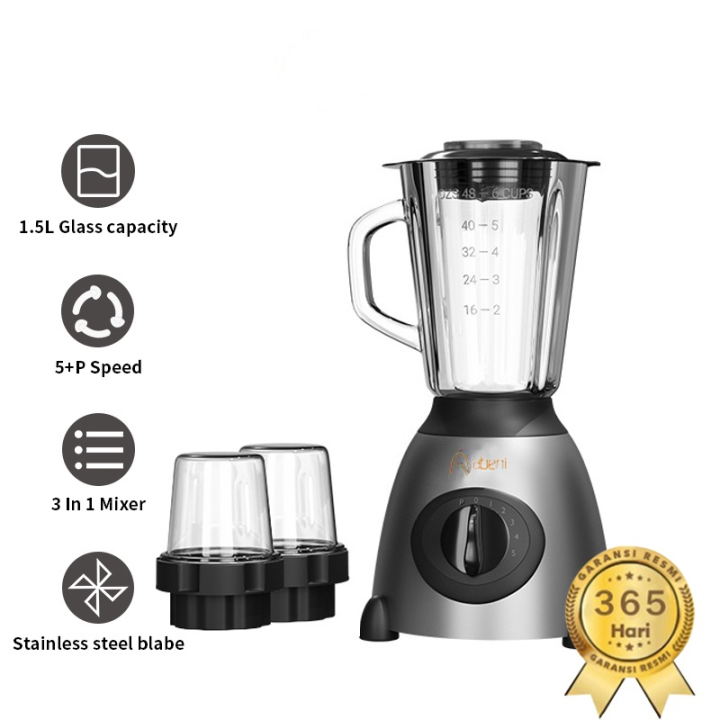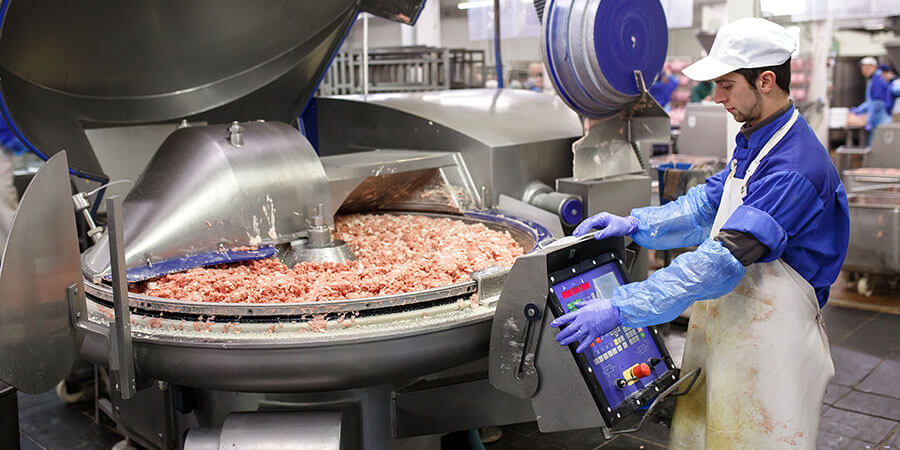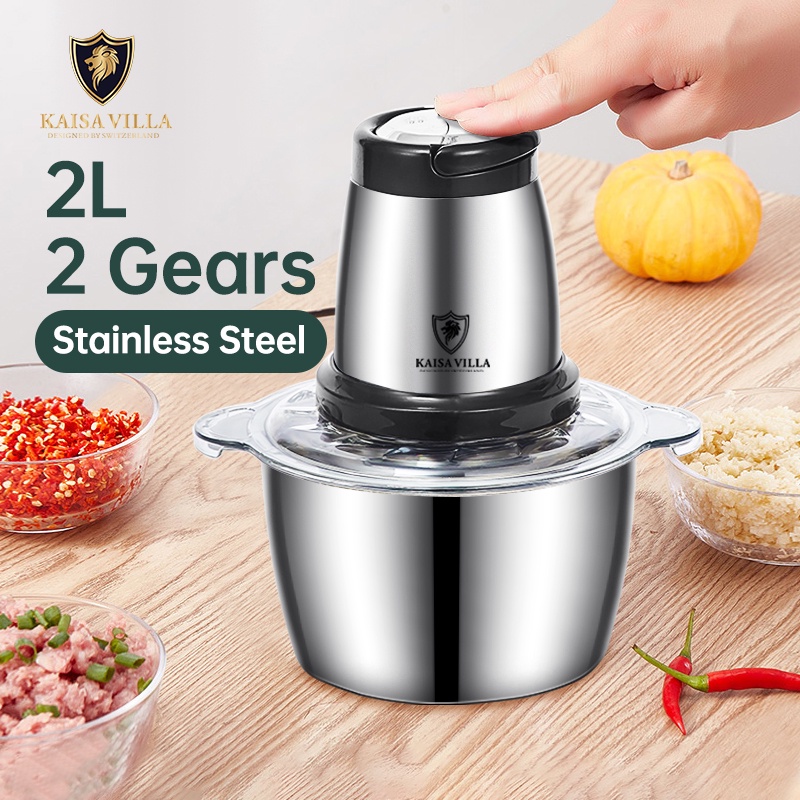Grinders for food have become indispensable tools in the culinary world, offering a versatile and efficient way to process ingredients and create a wide range of culinary delights. From manual hand-crank models to powerful electric grinders, these devices have revolutionized the way we prepare and enjoy our food.
Whether you’re a home cook looking to elevate your cooking skills or a professional chef seeking to enhance your kitchen’s capabilities, a food grinder can open up a world of possibilities.
Types of Food Grinders

Food grinders are indispensable kitchen appliances that can effortlessly transform a variety of ingredients into finely minced or ground textures. From manual to electric and commercial models, there’s a food grinder tailored to meet every culinary need and preference.
Manual Food Grinders
Manual food grinders, often referred to as meat mincers, are operated by hand using a crank or handle. They are typically compact and affordable, making them ideal for home cooks with limited counter space or a budget-conscious approach. These grinders excel at mincing meat, but can also be used for grinding vegetables, nuts, and other firm ingredients.
Electric Food Grinders
Electric food grinders are powered by an electric motor, eliminating the need for manual effort. They offer greater speed and convenience, making them suitable for larger quantities of ingredients or frequent use. Electric grinders typically come with various attachments, allowing for a wider range of grinding options, including coarse, medium, and fine textures.
Commercial Food Grinders
Commercial food grinders are designed for heavy-duty use in professional kitchens and food processing facilities. These robust machines are capable of handling large volumes of ingredients, such as grinding meat for sausages or creating purees for soups and sauces. Commercial grinders are often equipped with powerful motors and durable components, ensuring longevity and reliability.
Applications of Food Grinders

Food grinders are versatile kitchen appliances that offer a wide range of culinary applications. They are commonly used to process different types of food, including meat, vegetables, fruits, and nuts.
Meat grinders are essential for making ground beef, pork, lamb, and other types of meat. Ground meat is used in various dishes, such as burgers, meatballs, sausages, and tacos. Vegetable grinders can be used to create finely shredded vegetables for salads, coleslaw, and other dishes.
Fruit grinders are commonly used to make purees, sauces, and jams.
Examples of Dishes Made Using Ground Ingredients
- Burgers: Ground beef patties seasoned with salt, pepper, and other spices, grilled or pan-fried and served on a bun with various toppings.
- Meatballs: Ground meat mixed with bread crumbs, eggs, and seasonings, rolled into balls, and cooked in sauce or broth.
- Sausages: Ground meat mixed with seasonings, stuffed into casings, and cooked or smoked.
- Tacos: Ground beef or other ground meat seasoned with Mexican spices, served in tortillas with various toppings.
- Salads: Finely shredded vegetables, such as carrots, cucumbers, and onions, combined with other ingredients such as lettuce, tomatoes, and dressings.
- Coleslaw: Finely shredded cabbage mixed with mayonnaise, vinegar, and other seasonings.
- Purees: Smooth, blended mixtures of fruits or vegetables, often used as baby food, sauces, or fillings.
- Sauces: Ground fruits or vegetables cooked with other ingredients to create flavorful sauces, such as tomato sauce or apple sauce.
- Jams: Ground fruits cooked with sugar and pectin to create a thick, spreadable condiment.
Factors to Consider When Choosing a Food Grinder: Grinders For Food
Selecting the right food grinder is crucial for efficient and effective food preparation. Here are some key factors to consider when making your choice:
Grinding Capacity:This refers to the amount of food the grinder can process at once. Consider the quantity of food you typically grind and choose a grinder with a capacity that meets your needs.
Power, Grinders for food
The power of the grinder determines its grinding speed and efficiency. A higher-powered grinder will handle tough ingredients more easily and produce finer results.
Speed
The speed of the grinder affects the texture of the ground food. A slower speed produces coarser grinds, while a higher speed yields finer grinds.
Ease of Use
Consider factors such as the ease of assembling and disassembling the grinder, the convenience of the controls, and the availability of cleaning accessories. A user-friendly grinder makes food preparation a more enjoyable experience.
Maintenance and Care of Food Grinders
Maintaining and caring for your food grinder is crucial to ensure its longevity and optimal performance. Regular cleaning and lubrication will prevent rust, bacteria buildup, and extend the grinder’s lifespan.
Cleaning Food Grinders
- After each use:Disassemble the grinder and thoroughly clean all components with warm, soapy water. Use a soft brush to remove any food residue from the grinding plates, blades, and other parts.
- Deep cleaning:Occasionally, you may need to deep clean the grinder to remove stubborn grease or food particles. Soak the parts in a solution of warm water and a mild degreaser or baking soda for 30 minutes before cleaning with a brush and soapy water.
- Drying:After cleaning, thoroughly dry all components with a clean cloth or air dry them to prevent rust.
Lubrication of Food Grinders
Lubricating the grinder’s moving parts is essential to reduce friction and prevent premature wear. Use a food-grade lubricant specifically designed for grinders, and apply it sparingly to the grinding plates, blades, and other moving components.
Specific Maintenance Procedures
- Manual grinders:These grinders require regular tightening of the mounting bolts to ensure stability and prevent wobbling.
- Electric grinders:Check the motor brushes periodically for wear and replace them if necessary. Also, clean the ventilation ports to prevent overheating.
Accessories and Attachments for Food Grinders

Food grinders are versatile kitchen appliances that can be enhanced with a range of accessories and attachments. These attachments extend the functionality of the grinder, enabling users to process a wider variety of ingredients and create diverse culinary delights.
One popular attachment is the sausage stuffing tube. This attachment allows users to easily create homemade sausages, customized to their desired flavor and texture. The tube is typically made of durable plastic or metal and fits securely onto the grinder’s outlet.
By feeding the ground meat mixture through the tube, users can create sausages of various sizes and shapes.
Another versatile attachment is the pasta maker. With this attachment, users can transform ground ingredients into fresh, homemade pasta. The pasta maker typically consists of a set of rollers and cutters that work together to flatten and shape the dough.
Users can choose from various pasta shapes, including spaghetti, fettuccine, and ravioli.
Other accessories and attachments for food grinders include:
- Cookie press: Allows users to create custom-shaped cookies by extruding dough through various dies.
- Kibbeh maker: Facilitates the preparation of kibbeh, a Middle Eastern dish made from ground meat and bulgur.
- Citrus juicer: Attaches to the grinder to extract fresh juice from citrus fruits.
li>Grain mill: Converts whole grains into flour, providing users with freshly ground flour for baking and cooking.
Expert Answers
What are the different types of food grinders available?
Food grinders come in various types, including manual hand-crank models, electric grinders, and commercial-grade grinders. Each type offers unique advantages depending on your needs and usage.
What are the key factors to consider when choosing a food grinder?
When selecting a food grinder, consider factors such as grinding capacity, power, speed, ease of use, and the types of attachments you may need. These factors will impact the grinder’s performance and efficiency.
What are some innovative uses of food grinders beyond traditional applications?
Food grinders can be used for a variety of creative purposes beyond their traditional uses. For example, they can be used to make unique culinary creations such as flavored butters, nut butters, and even baby food.
